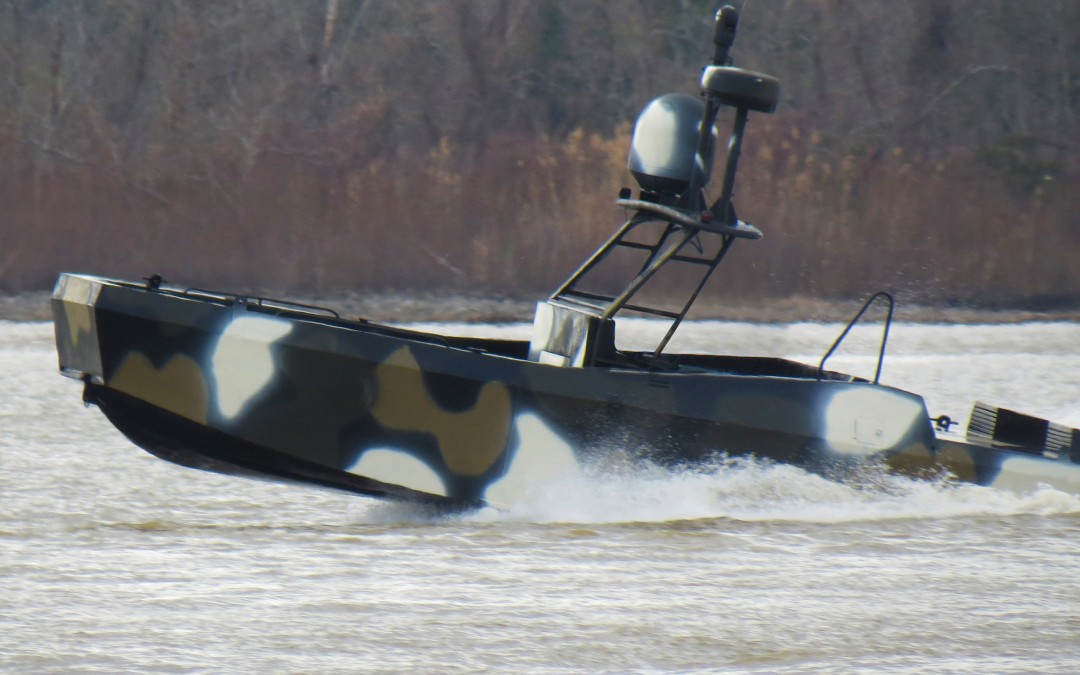AN-2 Anaconda

Swiftships LLC Image
The AN-2 Anaconda is an unmanned surface vehicle developed by Swiftships Shipbuilders LLC and the University of Louisiana at Lafayette.
The AN-2 is based on Swiftships' Special Operations Craft Riverine (SOCR). The vessel is designed to support special operations forces working in a riverine environment, maritime interdiction operations, and port security. The 35 foot prototype USV was first demonstrated on February 18, 2014, remotely operated by Joshua Vaughan, an assistant professor in UL-Lafayette’s Mechanical Engineering Department using an iPad. Eventually, a fully-autonomous platform is envisioned.
Swiftships Partners with ICS on Autonomous Special Ops Craft
1 August 2016 - Swiftships has partnered with ICS Nett Inc. (ICS), a Virginia-based technology solutions company, to continue research and development efforts on the Anaconda, a Special Operation Craft Riverine (SOCR). Together, ICS and Swiftships will transform the Anaconda into a completely autonomous watercraft equipped with Artificial Intelligence (AI) capabilities that is faster and has more complex maneuverability than its predecessor.
Phase One of the Anaconda began with a partnership between Swiftships and the University of Louisiana at Lafayette in 2014, when they created the Anaconda as a remotely piloted vessel. Later, a trajectory-tracking controller was added for use in obstacle free environments. Phase One completed in 2015, and ICS is adopting Phase Two to create the Anaconda 2.0 as an ongoing project.
In order for the Anaconda 2.0 to become an autonomous, AI watercraft, ICS will provide technological solutions and services. First, ICS will upgrade the current remote control capabilities with BVR satellite based control for longer, wireless range. Next, the original code, control mechanisms, and sensor interface will be updated and validated. The current Anaconda model lacks closed loop data from the boat that is needed to adjust control actions; to combat this, additional sensor interface will be equipped to transmit relevant boat data back to the operator console as necessary. Once the sensory interface is in place, ICS will augment the AI with procedures that will allow it to follow terrain and way point markers, be capable of collision avoidance without direct input, and to perform tactical maneuvers and loiter in area for long periods of time, all without human intervention.
To test the success of the upgrade, ICS will design a test bench system capable of reproducing the field conditions in a simulated environment.
comments powered by Disqus